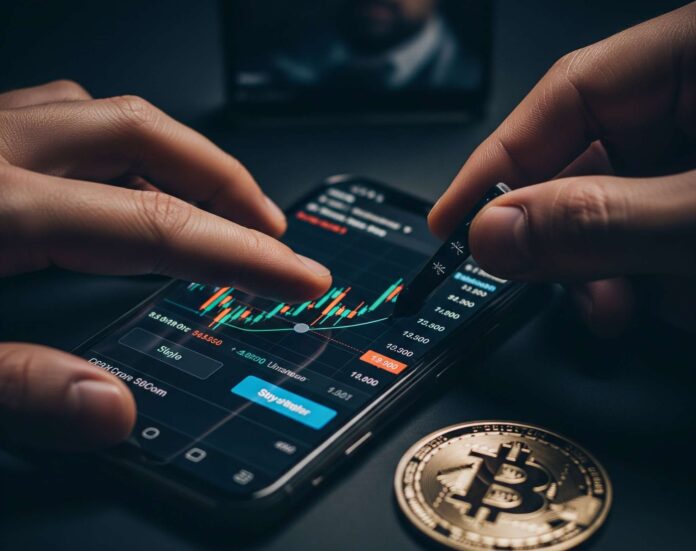As cryptocurrency markets grow in size and visibility, so too do the methods bad actors use to distort them. Behind the shiny facade of decentralized finance and blockchain innovation lies a darker ecosystem — one that enables pump-and-dump schemes, wash trading, and social media manipulation at a scale never seen in traditional finance.
The crypto industry, still in its relative infancy, faces a growing credibility crisis, fueled in part by shadowy players exploiting its loosely regulated environment. This article explores how crypto market manipulation works, who’s behind it, and what’s being done to stop it.
What Is Crypto Market Manipulation?
Crypto market manipulation refers to a range of tactics used to artificially influence the price or perception of digital assets. These tactics can include:
-
Pump and dump schemes: Coordinated efforts to inflate a token’s price using false or misleading information, then selling off once the price peaks.
-
Wash trading: When traders or bots buy and sell the same asset simultaneously to create the illusion of high volume or activity.
-
Spoofing: Placing large orders with no intention of executing them, designed to trick others into reacting.
-
Insider trading: Leaking sensitive information about token listings, exchange partnerships, or regulatory actions for profit.
While these strategies aren’t exclusive to crypto, the lack of clear oversight and the anonymity of blockchain transactions make the industry particularly vulnerable.
Who’s Behind the Manipulation?
Market manipulation often originates in private Telegram or Discord groups, where coordinated buys and sells are planned in advance. Some are led by self-described “influencers” with large followings, who promote unknown tokens with promises of quick returns. Others are more sophisticated, involving algorithmic bots, cross-exchange arbitrage networks, or even insiders from exchanges themselves.
“Crypto’s decentralized nature makes it ideal for manipulation,” said Sarah Liu, an analyst at a blockchain forensics firm. “You don’t need to be a Wall Street insider to influence prices — you just need a community, a wallet, and a marketing strategy.”
Bots are another major contributor. High-frequency trading bots can manipulate order books in milliseconds, front-run retail investors, or spoof trades to give a false impression of demand.
The Role of Unregulated Exchanges
Many manipulative practices are enabled by offshore or unregulated exchanges, which often lack basic investor protections or anti-manipulation policies. Some of these platforms may even benefit from inflated volumes, which attract more traders and listing fees from token projects.
A 2023 study by the Blockchain Transparency Institute found that over 50% of reported trading volume on smaller exchanges was likely fabricated. Even larger platforms have faced scrutiny for listing questionable tokens or lacking sufficient surveillance systems.
“In traditional finance, exchanges have market surveillance teams. In crypto, many still don’t,” said David Kim, a former compliance officer turned crypto consultant. “This creates a breeding ground for manipulation.”
Social Media: The Manipulation Megaphone
Social media plays a critical role in crypto market manipulation. Influencers with large Twitter or YouTube followings can send a token’s price soaring — or crashing — with a single post. Meme coins and micro-cap tokens are especially vulnerable, as it takes relatively little capital to move their prices.
Even reputable accounts can fall victim to manipulation campaigns, sometimes unknowingly promoting pump-and-dump tokens backed by paid promoters or bot-driven hype.
“Crypto Twitter is the new Wall Street Bets,” said one anonymous trader. “But with fewer rules, more bots, and faster-moving money.”
What’s Being Done?
Regulators are slowly catching up. The U.S. Securities and Exchange Commission (SEC) and Commodity Futures Trading Commission (CFTC) have stepped up enforcement actions, targeting fraudulent ICOs, insider trading, and deceptive promotional practices. Meanwhile, blockchain analytics firms are working with exchanges to flag suspicious activity in real time.
Some exchanges are taking initiative by delisting problematic tokens, implementing stricter listing requirements, and adopting AI-powered surveillance tools. However, the global and decentralized nature of crypto makes enforcement a constant challenge.



